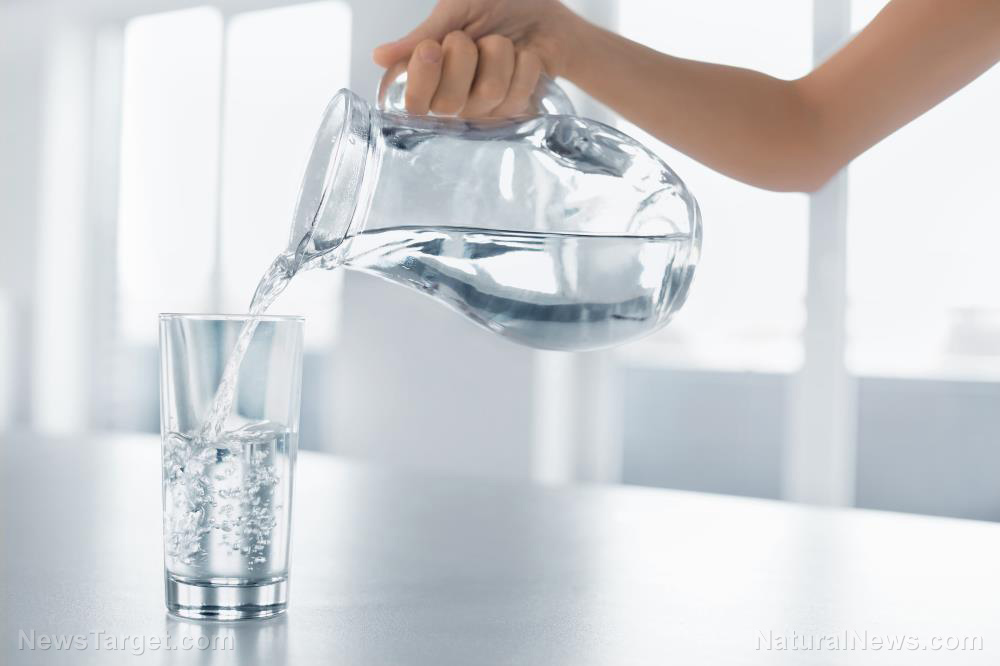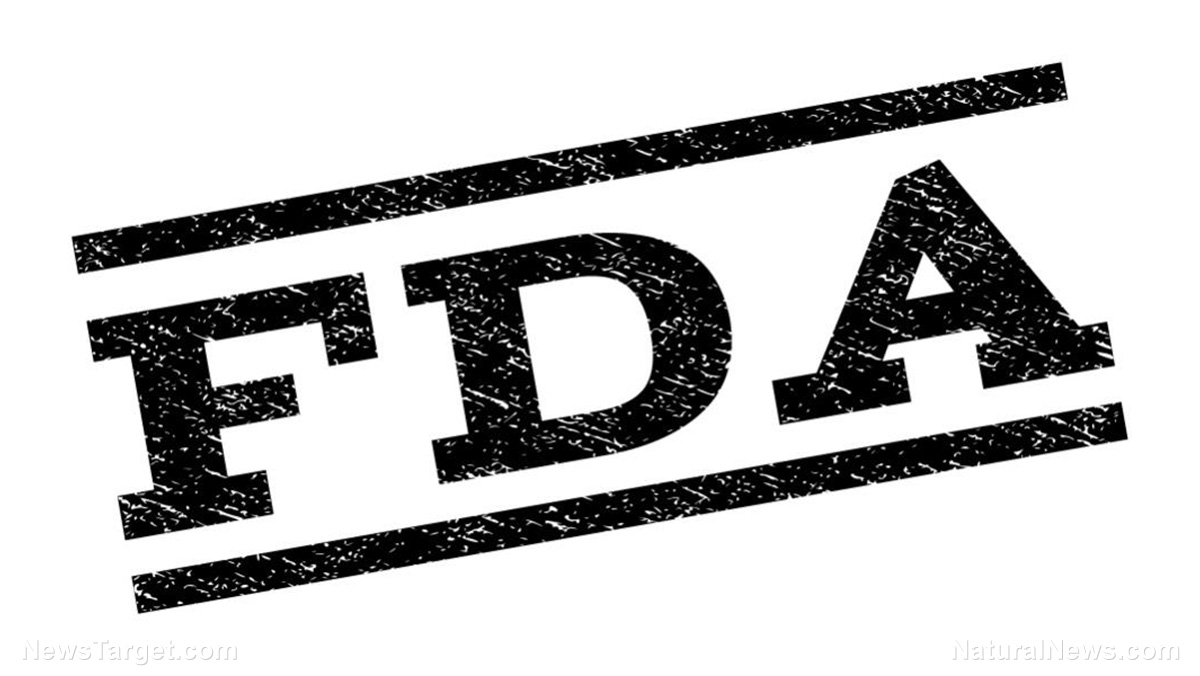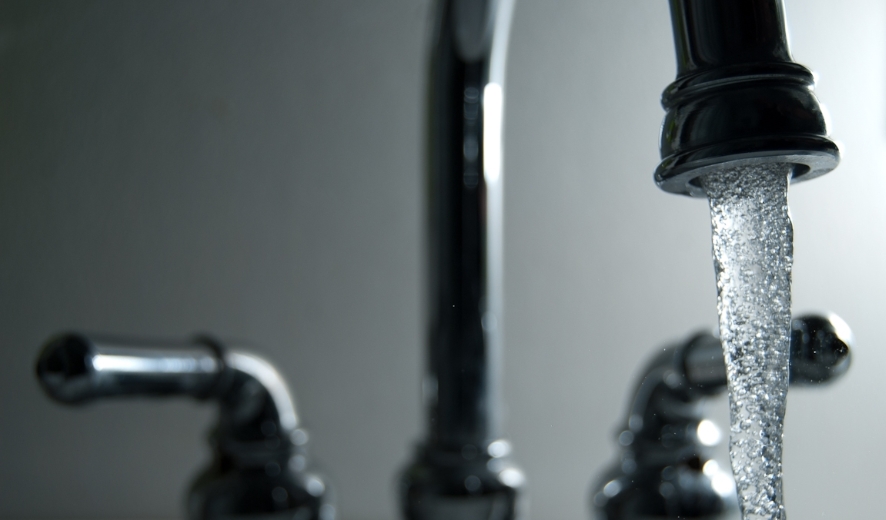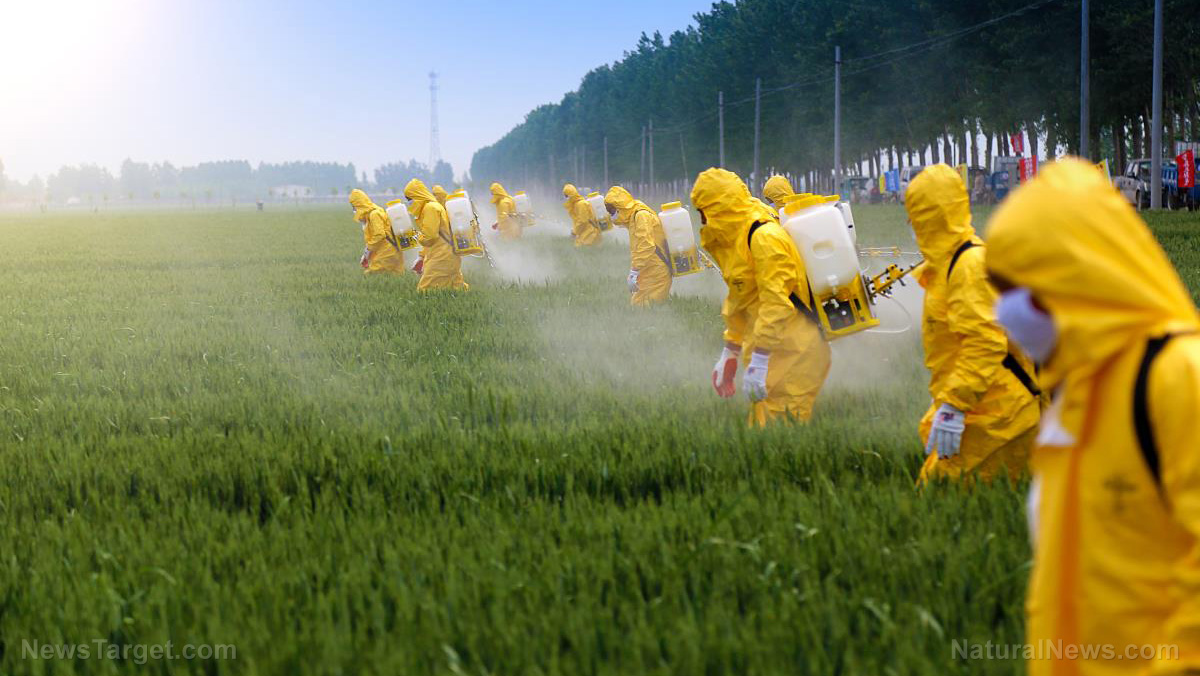
What is a boil water advisory?
A boil water advisory is a declaration from public health authorities that people should boil their water first before drinking it. There can be many reasons for such an announcement: The water in the water distribution system may have been contaminated by bacteria; or there are physical or technical problems in the water distribution facility.
Unfortunately, most of these announcements come after you already drank the water. Since the cause of the advisory is often not clear, you'd have to go to the hospital or clinic to have it checked. In an SHTF scenario, you may lose access to hospital facilities because they may no longer be operational.
Thus, the best way to ensure that your water is safe is to filter it yourself.
Making your water safe to drink
There are a lot of methods to filter water. You can buy filtering devices in stores or online. Some are installed at sinks while others are portable. If you decide to buy a filter, make sure to check that it can filter drinking water. Some devices only remove chlorine, taste, and odor (CTO). In a boil water advisory, a CTO filter is not enough. (Related: How to tell if your water is safe to drink.)
Another thing that you can do is filter the water yourself. It's a lot more work than buying a filter, but it gives you an edge in case of an emergency. Filtering devices can break or get lost. When that happens, you only have your knowledge and skills to rely on.
Here are some ways to filter water:
Boil water
Boiling water removes disease-causing organisms, including parasites, bacteria, and viruses. It is important to note that the water should be free of large items, like leaves and big sediments. If the water is cloudy, make sure to filter it first through a cloth or coffee filter.
Follow the instructions below:
- Filter the water first through a clean cloth, paper towel, or coffee filter.
- Place the filtered water in a pot.
- Let the water boil for at least one minute.
- Transfer the boiled water in another container. Do not add the water at the bottom.
- Let the boiled water cool.
- Pour the water into a clean container with tight covers.
If you don't like the taste, try the following:
- Pour into another container and let it stand for a few hours.
- Add a pinch of salt for each liter of boiled water.
Add disinfectants
Disinfectants are items that you add to the water to make it safe to drink. The most common ones are bleach and chlorine dioxide tablets. Bleach is particularly useful because it's a common household item. Make sure to choose the regular, unscented chlorine bleach (with six to 8.25 percent sodium hypochlorite).
Like with the previous method, the water needs to be free of large sediments first before applying the bleach.
To use bleach, follow the instructions below:
- Add bleach to one gallon of water: 8 drops of 6 percent bleach or 6 drops of 8.25 percent bleach.
- Mix the water well.
- Let the mixture stand for at least 30 minutes, better if longer.
- Smell the mixture afterward. There should be a slight chlorine smell. If there isn't, add 12 or 16 drops then let the mixture stand for 15 minutes more.
To remove the taste of chlorine, you can transfer the water to another container and let it stand with no lid. Another technique is to pour back and forth between two containers to help the chlorine evaporate.
It is also possible to combine these two methods. Boil the water first, let it cool, and then add the bleach.
These are only some of the ways of making your water safe to drink. When a boiling water advisory is announced, you can make the most of common household items to treat your water. Learn other tips and tricks on securing water and other resources at WaterFilters.news.
Sources include:
Please contact us for more information.























